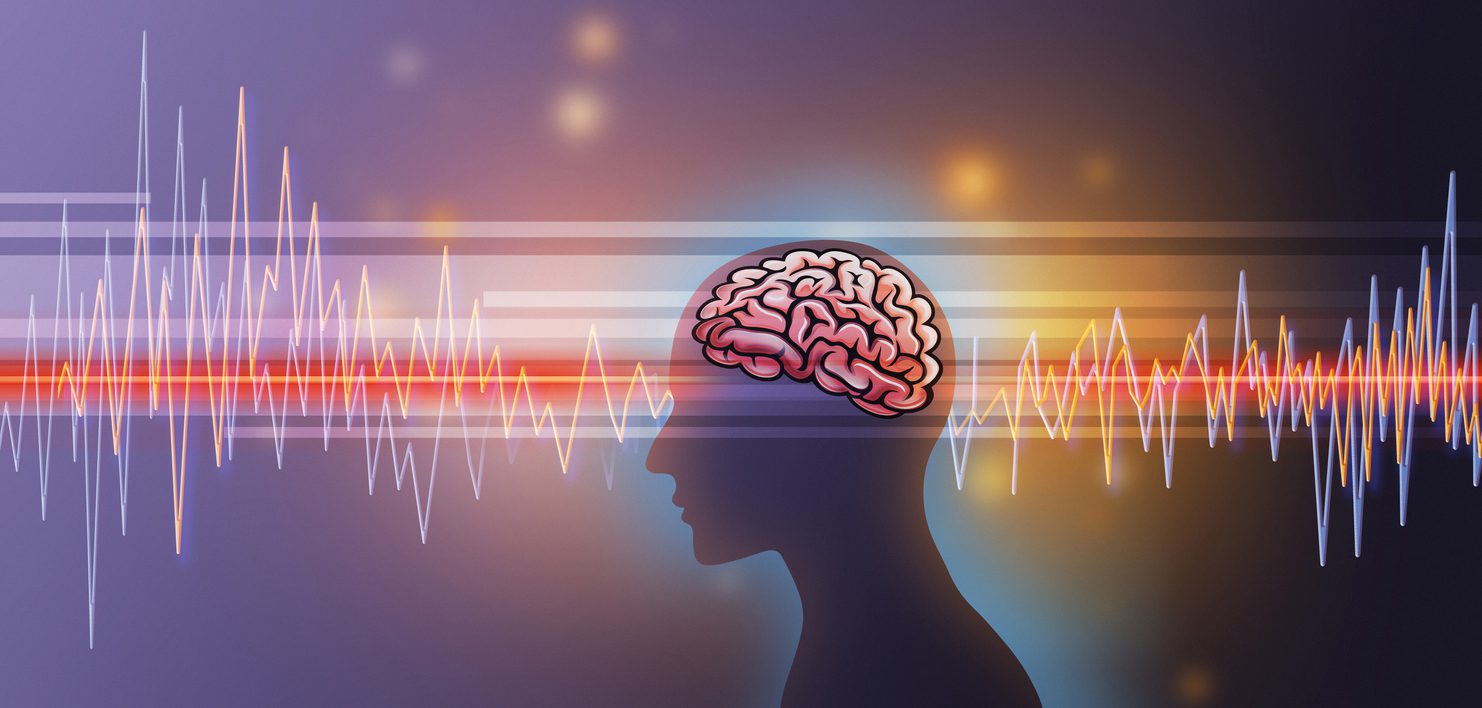Around 60 million people worldwide are affected by epilepsy, the third most common neurological disorder. Up to 70% of patients can be effectively helped with initial therapy management and their prognosis is good. However, the situation is different for patients whose seizures cannot be stabilized with the first medication. In order to improve the prognosis, an individually adapted ad-on treatment is then indicated.
Epilepsy is one of the most common neurological diseases, although no exact data is available. In high-income countries, the incidence is estimated at around 40-70 cases per 100,000 inhabitants per year. In low-income countries, it appears to be even higher [1]. In most cases, the prognosis is good. However, up to 30% of patients continue to suffer from seizures despite repeated treatment cycles with antiepileptic drugs (AEDs) [2]. This significantly impairs the prognosis. If the initial adequate medication does not lead to seizure freedom at the time of new diagnosis, the probability of achieving remission with an alternative medication is only 11% [3].
Pharmacoresistant epilepsy mainly occurs when patients have a high initial seizure frequency, focal seizures, a combination of different seizure types, an age of onset before the age of one or after the age of twelve and seizures in the neonatal period. The problem: Patients with drug-resistant epilepsy often have psychosocial, psychiatric and medical comorbidities due to recurrent seizures, long-term drug effects and limitations in everyday life [4].
Monotherapy or add-on?
If seizure freedom is not achieved with monotherapy, an ad-on medication can also be effective in addition to a change of active ingredient. Active substances such as carbamazepine, eslicarbazepine acetate, lamotrigine, levetiracetam, oxcarbazepine, topiramate or valproate are available for this purpose [5]. Which preparation is the right one depends not only on efficacy but also on other individual criteria such as the type of seizure, tolerability, safety, cost-effectiveness and specific patient needs. Lamotrigine appears to have advantages over classic anticonvulsants such as carbamazepine and oxcarbazepine in terms of its side effect profile and pharmacokinetics (low to no interaction potential and lack of enzyme induction). In terms of its antiepileptic efficacy, however, it is not superior.
Eslicarbazepine acetate is a carbamazepine derivative whose effect is based on the inhibition of sodium channels in the brain. In vitro electrophysiological studies have shown that the active substance and its metabolites stabilize the inactive state of voltage-gated sodium channels and prevent them from returning to the active state. Eslicarbazepine acetate has a similar structure to carbamazepine and oxcarbazepine, but does not inhibit most cytochrome P450 enzymes (CYP450) and therefore has a low potential for drug-drug interactions [6]. In addition, its pharmacokinetics are not affected by age, gender, diet or moderate liver dysfunction [1]. Studies have shown that the antiepileptic drug (1200 mg) reduced the frequency of seizures by ≥50% in 43.5% of patients [5]. In addition, the doses of 400 mg and 800 mg daily were also investigated. A meta-analysis concludes that eslicarbazepine acetate as an add-on treatment reduces seizure frequency in adults with drug-resistant focal epilepsy, with efficacy increasing with increasing dosage [1]. There is also evidence that this effect also occurs in children aged 6-18 years [1]. As too few studies with children were included in the meta-analysis, the results were not conclusive enough. The main adverse drug reactions observed were dizziness, nausea and diplopia.
Literature:
- Chang XC, Yuan H, Wang Y, et al.: Eslicarbazepine acetate add-on therapy for drug-resistant focal epilepsy. Cochrane Database Syst Rev 2021, Jun 22; 6(6): CD008907.
- Walker MC, Sander JW: Difficulties in extrapolating from clinical trial data to clinical practice: the case of antiepileptic drugs. Neurology 1997; 49(2): 333–337.
- www.akdae.de/arzneimitteltherapie/arzneiverordnung-in-der-praxis/ausgaben-archiv/ausgaben-ab-2015/ausgabe/artikel?tx_lnsissuearchive_articleshow%5Baction%5D=show&tx_lnsissuearchive_articleshow%5Barticle%5D=4402&tx_lnsissuearchive_articleshow%5Bcontroller%5D=Article&tx_lnsissuearchive_articleshow%5Bissue% 5D=6&tx_lnsissuearchive_articleshow %5Byear%5D=2015&cHash=a090b9ae8f04523b6b1cfa5214fbaaec (last accessed on 28.01.2025).
- Schuele SU, Luders HO: Intractable epilepsy: management and therapeutic alternatives. Lancet Neurology 2008; 7(6): 514-524.
- www.akdae.de/fileadmin/user_upload/akdae/Arzneimitteltherapie/WA/Archiv/Eslicarbazepinacetat.pdf (last accessed on 28.01.2025).
- Almeida L, Soares-da-Silva P: Eslicarbazepine acetate (BIA 2-093). Neurotherapeutics 2007; 4(1): 88-96.
InFo NEUROLOGIE & PSYCHIATRIE 2025; 23(1): 26











